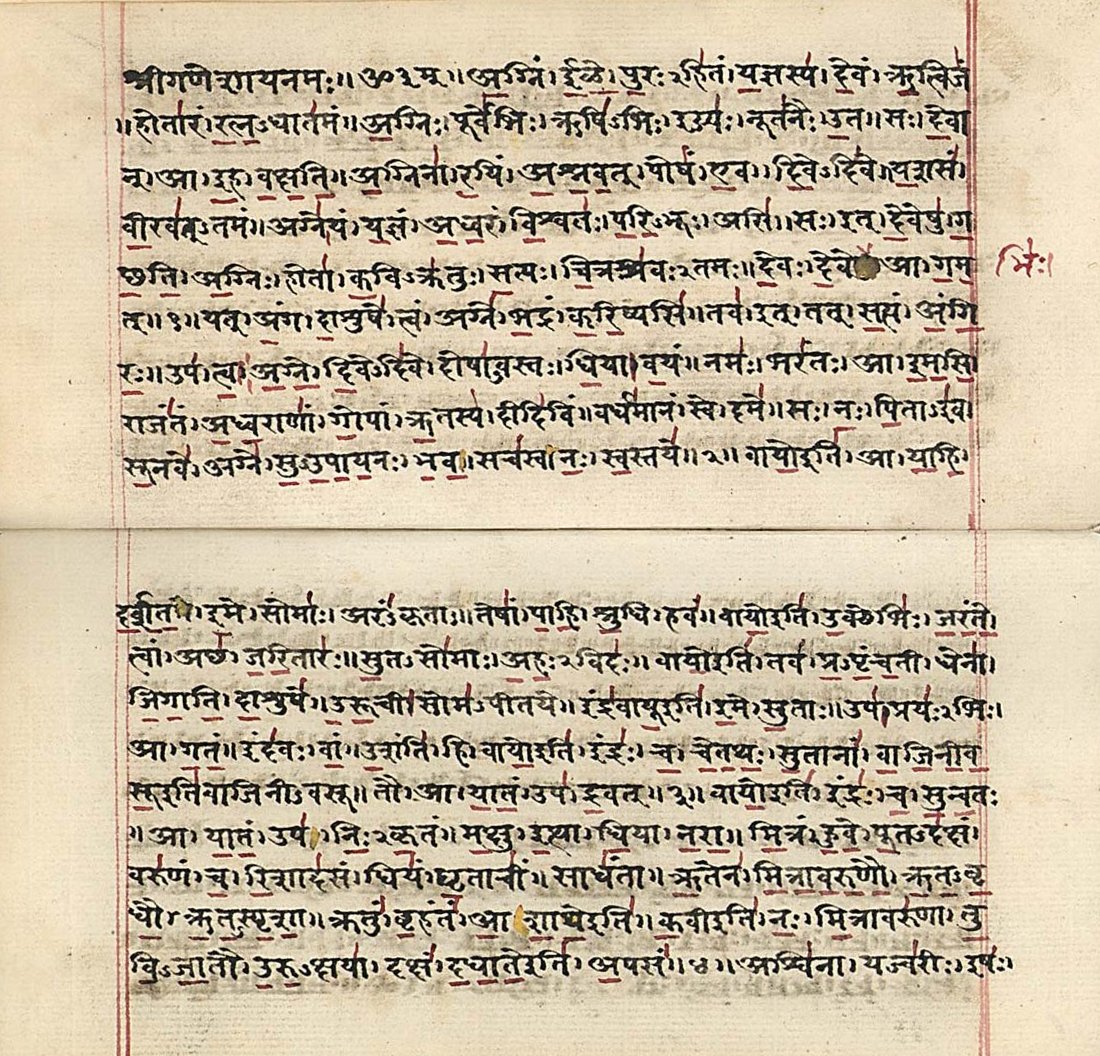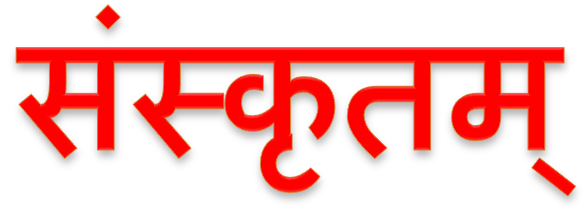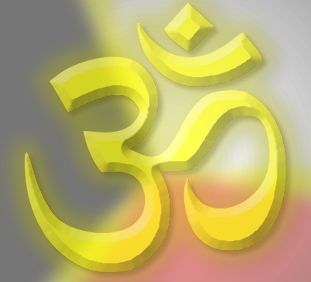 |
| Reti cinesi a Cochin (Kerala - India) |
Mi pare che l’elemento cruciale di tutta la speculazione filosofica dell’induismo sia l’identità tra Atman e Brahman, tra Sè individuale e Sè universale.
Secondo l’induismo ciascun essere vivente ha dentro di sé, nella parte più segreta del proprio cuore questo spirito che non è altro che una piccola parte dello spirito universale, è lui, è la stessa cosa.
Si legge nella Chandogya Upanishad, “quella luce nel cielo che splende al di sopra di noi, che brilla al di là di tutto, al di là dell’universo, nei mondi superiori e oltre ai quali non vi è più nulla, questa luce è quella stessa luce che risplende dentro di noi” (III, 13, 7). E ancora, “questo Sé dentro il mio cuore, che è più piccolo di un chicco di riso, di un granello d’orzo, di un seme di senape, di un grano di miglio, questo Sé che è dentro il mio cuore è più grande di tutta la terra, più grande dello spazio, più grande del cielo, più grande di ogni altro mondo….. questo Sé che è dentro il mio cuore è lo stesso Brahman” (Ch. Up. 3, XIV 3-4).
A differenza di quanto pensato da altre religioni, l’induismo non crede che l’Atman presente in ogni individuo sia qualcosa di indissolubilmente legato all’individuo cui si riferisce, non si crede che nasca con la nascita di ciascun essere umano, esso è l’Essere, è da sempre esistente, infatti l’Essere non può essere creato, non può nascere perché altrimenti significherebbe che prima non era e questa è una contraddizione in termini. L’Atman non è l’anima così come intesa dalla tradizione cristina.
In un brano molto bello della Bhagavad Gita si legge, "lo Spirito che è dentro di noi mai nasce nè muore; non è stato, non sarà di nuovo. Esso, che è innato, necessario, eterno, primordiale, non muore quando muore il corpo (Bhagavad Gita II, 20).
Lo Spirito universale, l’Essere Supremo, il Brahman, è l’unica cosa reale ed effettivamente esistente, in quanto la realtà che l’uomo abitualmente conosce è transitoria, provvisoria, mutevole e ciò che è mutevole non può essere considerato reale. Per questo nell’induismo, soprattutto nel vedanta, si sostiene che la realtà abitualmente percepita non è altro che maya, illusione.
Tenuto conto di queste premesse si capisce perfettamente che l’obiettivo di ciascuno è quello di avere la conoscenza, l’esperienza del Brahman che è dentro ciascuno di noi. Ciò significa riuscire a comprendere che “tat tvam asi” ossia “io sono quello” (Chandogya Upanishad VI, 8, 7). La più profonda aspirazione dell’induismo è cioè la realizzazione della presenza di Dio o del Brahman in se stessi.
In questo modo, come tutti i fiumi si uniscono all’oceano, così anche l’Atman si unirà al Brahman e sarà da lui indistinguibile (Prasna Upanishad VI, 5), ponendo fine, con quello che è chiamato moksha, al samsara cioè al ciclo delle rinascite.
Gli strumenti indicati dalla riflessione induista per raggiungere questo obiettivo sono molteplici e variano al variare delle epoche, delle situazioni, dei contesti e della persona, ma la meditazione ha un ruolo centrale. Chi pensa che il rito, il sacrificio, le buone azioni o lo studio dei testi siano la strada per la liberazione saranno condannati a rinascere, colui invece che si dedica all’ascesi e resta privo di passioni e desideri raggiunge il supremo Brahman (Mundaka Upanishad II, I, 11-12).
L’esperienza religiosa nell’induismo è essenzialmente esperienza intima del trascendente, raggiunta attraverso la meditazione, l’ascesi e non i dogmi, le credenze, i riti, le preghiere che rappresentano soltanto uno stadio più o meno arretrato nel cammino spirituale dell’individuo.
L’uomo è la fortezza dalle 11 porte, tutte rivolte verso l’esterno verso la realtà mutevole e ingannevole. Queste porte devono essere tutte chiuse e l’uomo, libero da desideri, deve aprire il terzo occhio, l’occhio della saggezza, l’occhio che sta al centro della nostra fronte e che si rivolge all’interno di noi e non al di fuori.
“Alcuni saggi – si legge nella Katha Upanishad (1, IV, 1) – desiderosi dell’immortalità rivolgendo lo sguardo verso se stessi, videro dentro di sé l’atman” e, tagliati tutti i legami che li tenevano avvinti, quei mortali divennero immortali.
Una volta che riuscito a percepire, ad avere esperienza di questa identità, l’uomo abbandona il mondo delle illusioni, la realtà degli opposti (bene/male, piacere/dolore, bello/brutto) raggiunge la fonte di ogni gioia e si salva dalla schiavitù della morte. “Meditando sul Sé – dice la Svetasvatara Upanishad (I, 10-11) - a questi congiungendosi, identificandosi con lui, cessa ogni illusione.”
English
 L'atman si realizza e non si conosce, non servono azioni meritorie o caritatevoli, non è un premio o un traguarda raggiunto dai buoni, ma dai saggi. Sankara nel suo Vivekacudamani ci ricorda che "le azioni meritorie servono a purificare la mente non a comprendere la realtà. La realizzazione del Sè è sempre frutto dell'investigazione scriminante e non di azioni meritorie per quanto numerose possano essere".
L'atman si realizza e non si conosce, non servono azioni meritorie o caritatevoli, non è un premio o un traguarda raggiunto dai buoni, ma dai saggi. Sankara nel suo Vivekacudamani ci ricorda che "le azioni meritorie servono a purificare la mente non a comprendere la realtà. La realizzazione del Sè è sempre frutto dell'investigazione scriminante e non di azioni meritorie per quanto numerose possano essere".












